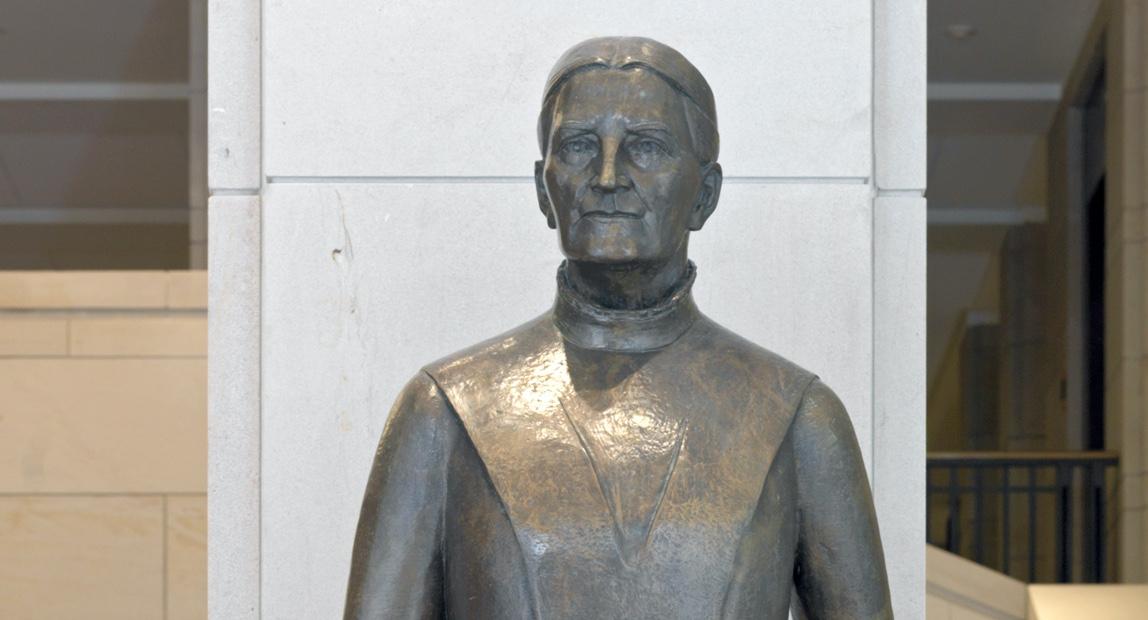Maria Sanford was one of these heroines, depicted in a 1958 work by sculptor Evelyn Raymond that was commissioned by the state of Minnesota and donated to the Capitol that year.
Born in 1836, Sanford became a teacher at the tender age of sixteen, rising through academia to become one of the first female American professors, serving in the history department of Swarthmore College before topping that feat by moving to the University of Minnesota in 1880 to become a tenured professor. She died in 1920.
Raymond (1908-1998) also shone in a profession that both then and now is heavily dominated by men. Yet Raymond leaned in to her traditionally feminine sensibilities in creating her sculpture of Sanford, casting a work that portrays the educator as strong but tempered by softer lines and curves than other works in the Capitol that have been designed by and of men.




























![DEl Kathryn Barton [Australian b. 1972] the more than human love , 2025 Acrylic on French linen 78 3/4 x 137 3/4 inches 200 x 350 cm Framed dimensions: 79 7/8 x 139 inches 203 x 353 cm](/sites/default/files/styles/image_5_column/public/ab15211bartonthe-more-human-lovelg.jpg?itok=wW_Qrve3)